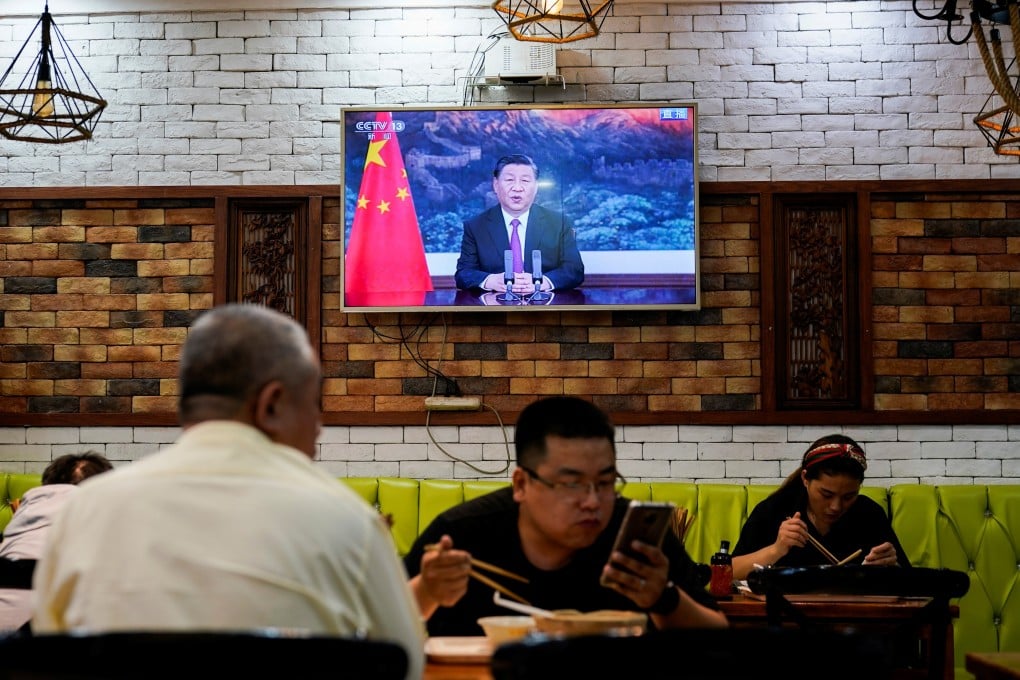Explainer | China’s economic buzzwords explained, from ‘common prosperity’ to ‘dual circulation’
- China’s top leaders have introduced a number of new economic terms like ‘cross-cyclical adjustment’ and ‘chief of industrial chains’ in recent years
- The buzzwords describe strategies to tackle everything from inequality to industrial chain inefficiency, and point to a new phase in China’s development

China is writing a new chapter in its development strategy, and its using a host of terms that do not appear in mainstream macroeconomic textbooks. Here are some of the buzzwords on the lips of the nation’s leaders.
1. Cross-cyclical adjustment
The term refers to policy actions across business cycles and first appeared in a July statement from the Politburo, the 25-member decision-making body headed by President Xi Jinping. It marks a shift from countercyclical policies, which are direct fiscal and monetary interventions like stimulus to offset coronavirus shocks and tightening when the economy begins expanding. The switch signals a more long-term approach to economic policy, marked by smaller macroeconomic adjustments.
Cross-cyclical policy entails better coordination of macro policies between this year and next to ensure smooth economic performance, according to the Politburo meeting. Policymakers have been asked specifically to improve the efficiency and effectiveness of fiscal policy and guide the pace of budgeted investment and local bond issuance.
Authorities must consider a variety of factors when setting policy, such as the increasingly uncertain external environment and whether their strategies will promote a stable, moderate platform for long-term growth, Jia Kang, the former head of the finance ministry’s research institute, explained in a meeting last month.
Already, various Chinese provinces have saved a portion of their bond issuance quota to ensure adequate investment next year. The People’s Bank of China, meanwhile, has pledged to ensure steady credit support during the period.